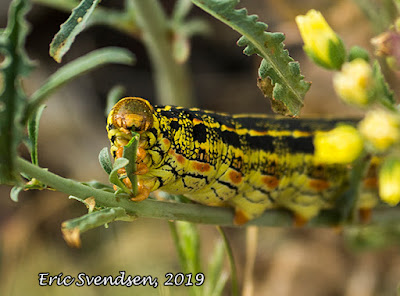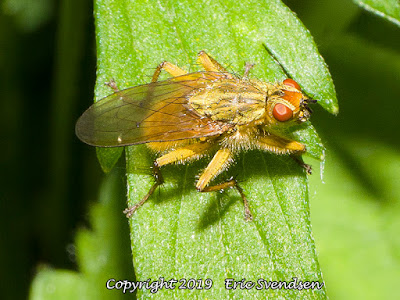Clodius parnassian butterfly

The clodius parnassian butterfly One of my favourite things to do is to stroll about in some natural area with a camera and see what I can discover. Admittedly, it lacks the rigorous nature of cardio activities which my body would benefit from. It also has the disadvantage of being a boring spectator sport for anyone who may accompany me on such a quest. This is why I usually end up doing it alone. The great thing about it all though is that I am not alone; all about me are marvelous examples of what wonders exist. Yesterday on my walk I came across a butterfly I have never seen before. It had some remarkable features on it unique to my experience. The wings were mostly white, unusual for native species, with gray blotchy edges. It also had a yellow head and black antennae. It was rather large, although not as big as a swallowtail. It wasn’t until later that I identified it as a clodius parnassian. Its scientific name is Parnassian clodius . I keep quite a good





